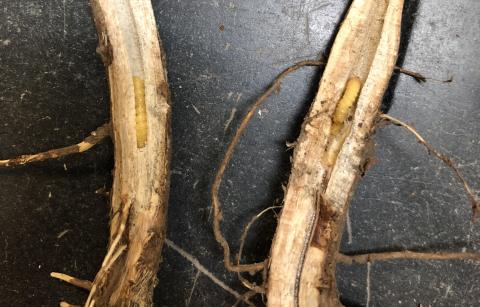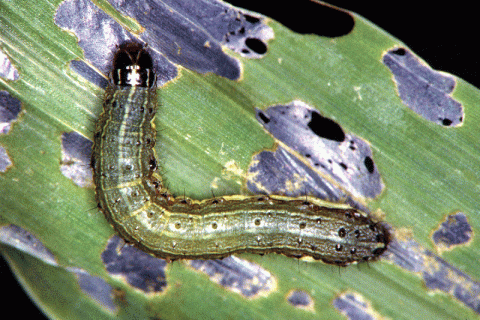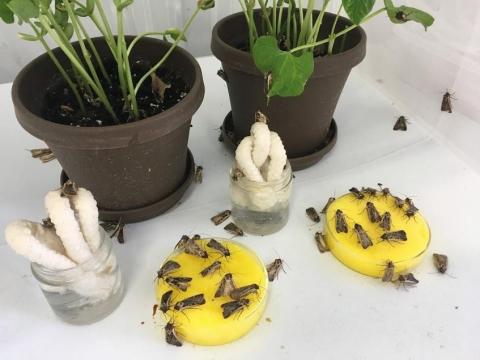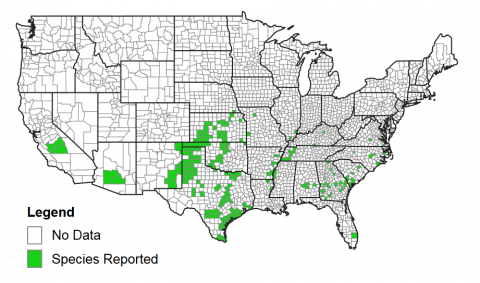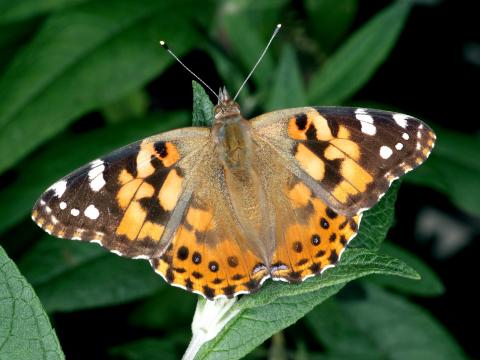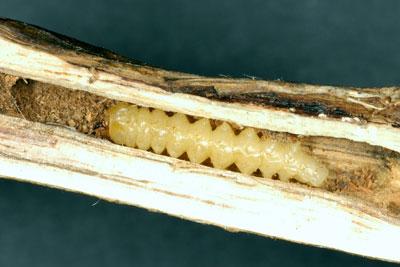Check for Dectes Stem Borer Damage in Soybeans
October 27, 2017
The dectes stem borer has been expanding its range in Nebraska and university entomologists are now receiving damage reports from eastern Nebraska.
Which Bt Traits Do You Need to Purchase?
October 12, 2017
When it comes to buying corn seed, avoid investing in GMO insect protection you don't need. This guide looks at available traits and which proteins are effective on which pest species to help growers select the product best suited to their fields.
Establishing a Western Bean Cutworm Colony in the Laboratory
October 4, 2017
The western bean cutworm is an important pest of corn and dry beans in Nebraska and is a major focus of research at the Agroecosystems Entomology Laboratory at the West Central Research and Extension Center in North Platte. Because WBC has only one generation per year, researchers are now growing their own population to use in laboratory and field studies.
Sugarcane Aphid in Nebraska
September 28, 2017
The sugarcane aphid has been detected in a Nebraska grain sorghum field near Pawnee City, according to the Nebraska Grain Sorghum Board. This is the first time this pest has been reported on Nebraska sorghum.
Large Populations of Painted Lady Butterflies
August 8, 2017
Reports of painted lady butterflys have been numerous in rural areas, including in soybeans, causing growers to ask if there's likely to be an increase in their soybean leaf-eating caterpillars. Entomologists discuss this question and the insect's life cycle, and offer a "how-to" on estimating leaf defoliation.
Check Soybean Fields for Evidence of Soybean Stem Borer
August 7, 2017
Dropped leaves in soybean fields indicate soybean stem borers are feeding and causing leaf damage. These insects are expanding their range as a pest of soybeans in Nebraska and now can be found in several counties north of I-80.
Estimating Soybean Leaf Defoliation
July 26, 2017
Growers are reporting finding painted lady caterpillars and silver spotted skipper caterpillars in soybeans. This guide can help estimate leaf defoliation in soybean, key to determining whether treatment is necessary.


